Optimal Timing for Concrete Installations
Concrete installations require careful timing to ensure optimal curing and durability. Weather conditions significantly influence the quality and longevity of the finished surface. Understanding seasonal patterns and climate factors is essential for scheduling concrete work effectively.
Spring offers moderate temperatures and lower humidity, promoting proper curing and reducing the risk of cracks.
Summer requires precautions against high temperatures and rapid drying, which can affect setting times.
Fall provides cooler weather and stable conditions, ideal for long-lasting concrete installations.
Winter temperatures can hinder curing and increase the risk of freezing, making it less suitable for concrete work.
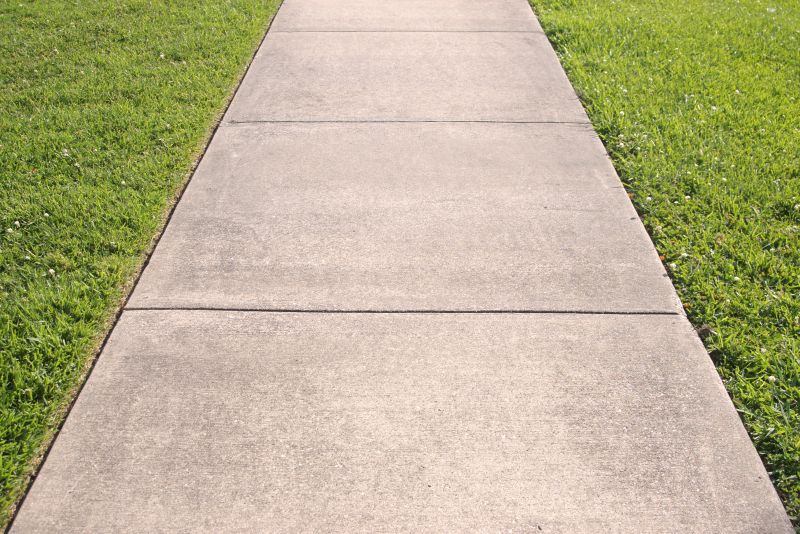
Ways to make Concrete Installations work in tight or awkward layouts.
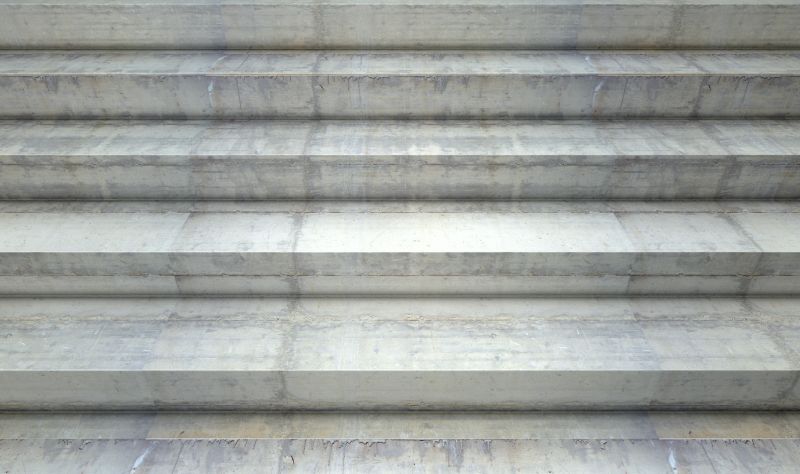
Popular materials for Concrete Installations and why they hold up over time.
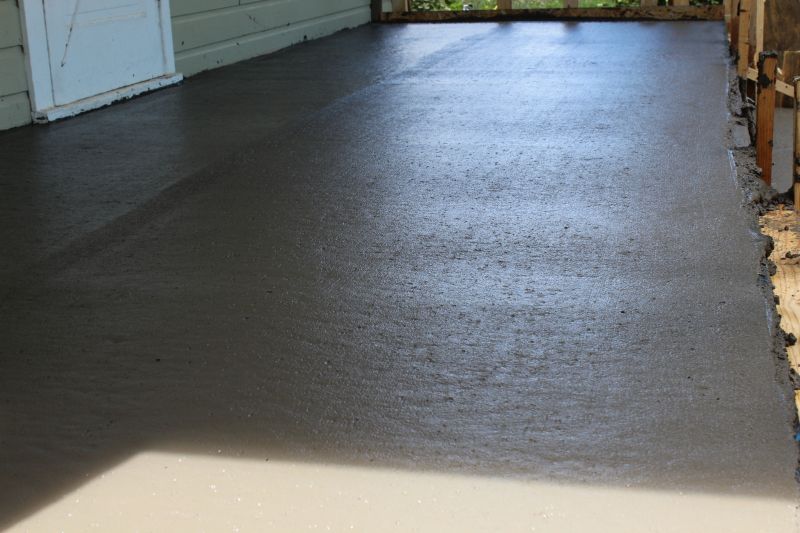
Simple add-ons that improve Concrete Installations without blowing the budget.
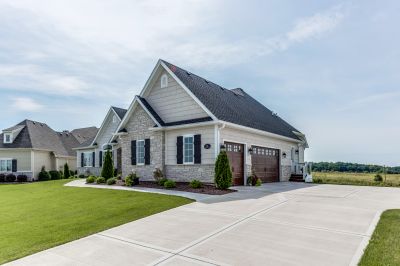
High-end options that actually feel worth it for Concrete Installations.
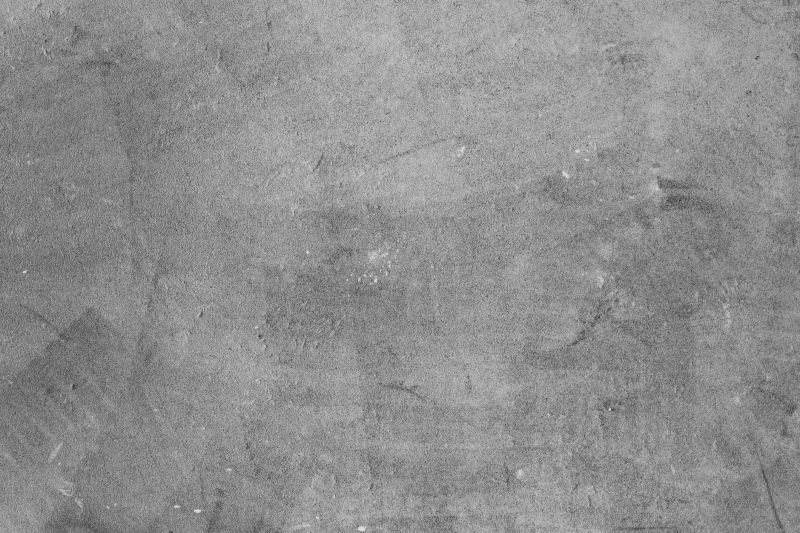
Finishes and colors that play nicely with Concrete Installations.
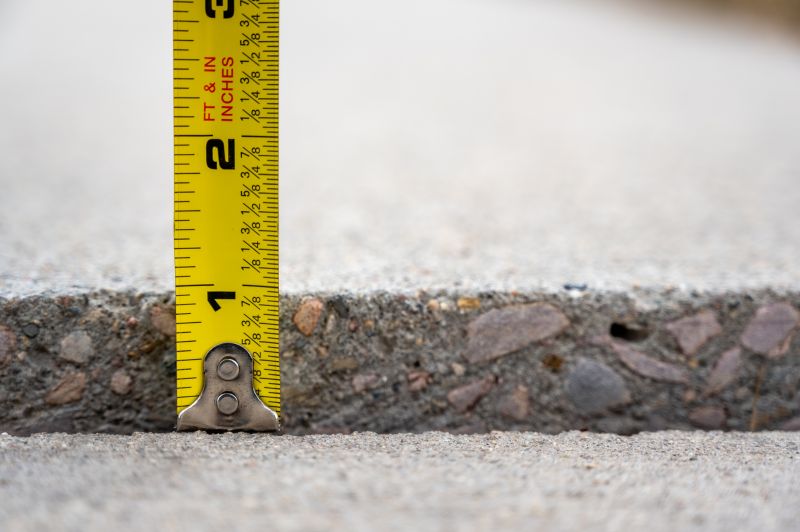
Little measurements that prevent headaches on Concrete Installations day.

A 60-second routine that keeps Concrete Installations looking new.
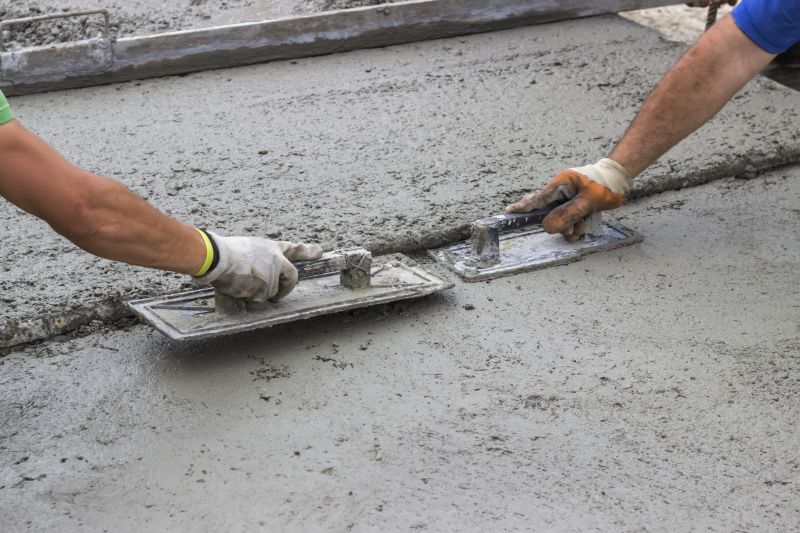
A frequent mistake in Concrete Installations and how to dodge it.
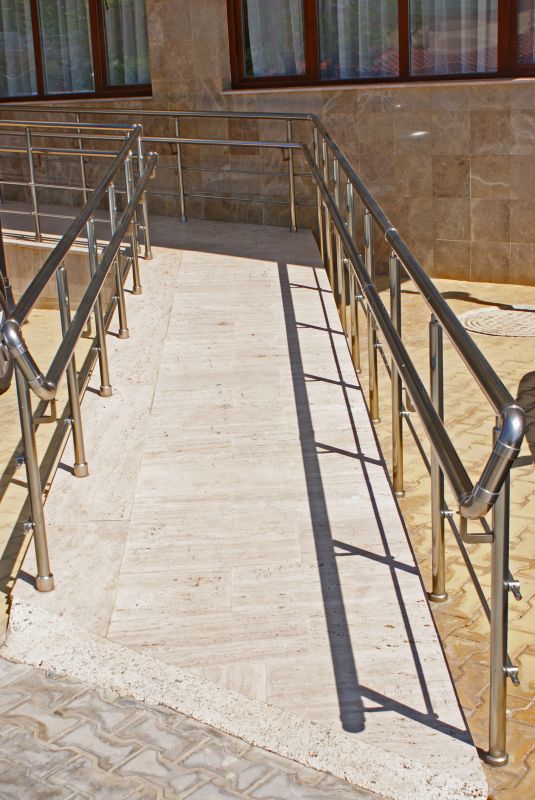
Small tweaks to make Concrete Installations safer and easier to use.
| Season | Best Practices |
|---|---|
| Spring | Ideal temperatures and moderate humidity support proper curing and finishing. |
| Summer | Use shading and cooling techniques to prevent rapid drying and cracking. |
| Fall | Stable weather and cooler temperatures make it suitable for large projects. |
| Winter | Generally not recommended unless heated enclosures or special mixes are used. |
Concrete installations are a critical component in construction and landscaping projects. Proper timing ensures the concrete cures correctly, achieving maximum strength and durability. Seasonal factors such as temperature, humidity, and precipitation influence the setting process and final outcome. In regions with mild climates like Atlanta, GA, spring and fall are typically the most suitable seasons for concrete work, providing favorable conditions for curing and finishing. Proper planning and understanding of weather patterns can help avoid issues like cracking, scaling, or delayed setting.
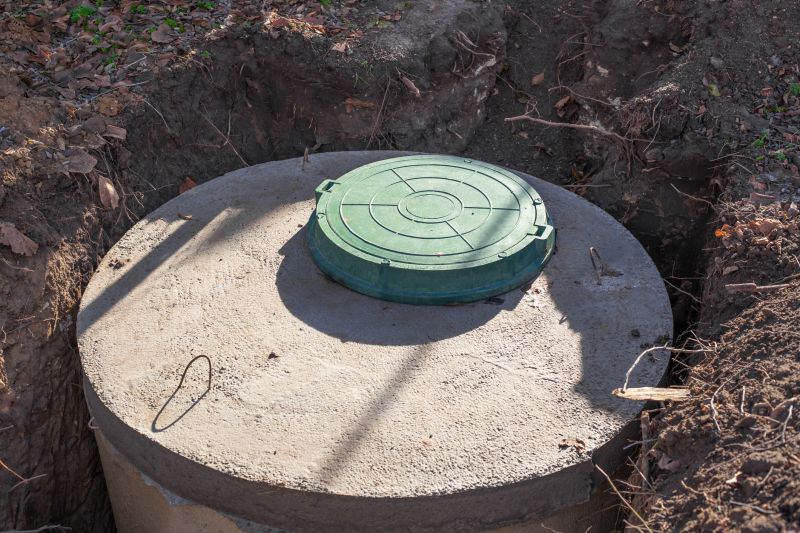
Lower-waste or water-saving choices for Concrete Installations.

The short, realistic tool list for quality Concrete Installations.

Rough timing from prep to clean-up for Concrete Installations.
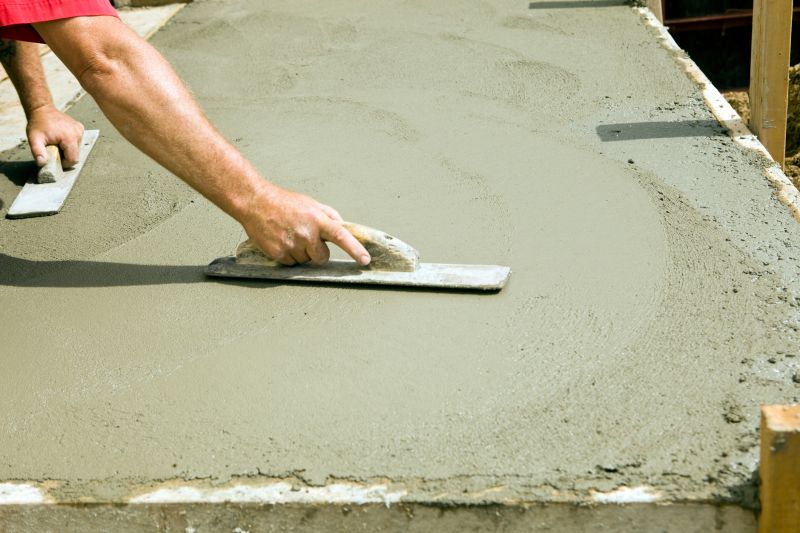
Quick checks and paperwork to keep after Concrete Installations.
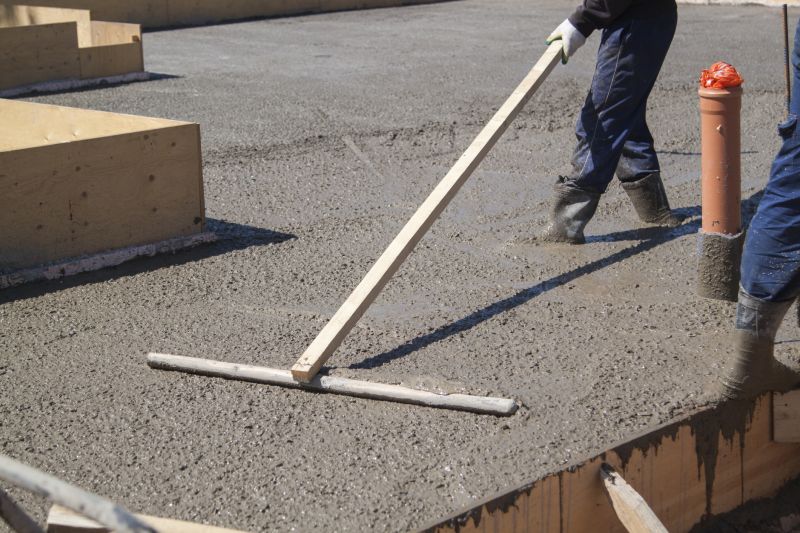
Examples that show the impact a good Concrete Installations can make.

Ways to make Concrete Installations work in tight or awkward layouts.
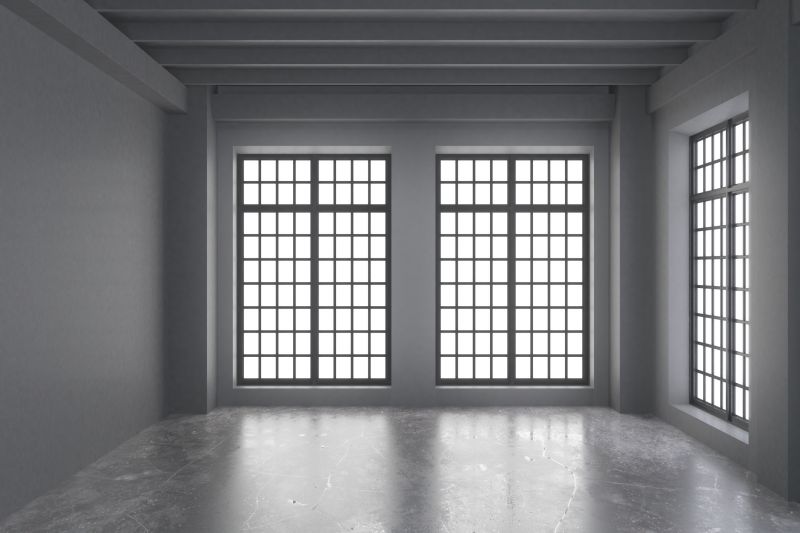
Ways to make Concrete Installations work in tight or awkward layouts.

Ways to make Concrete Installations work in tight or awkward layouts.
Timing concrete installations carefully can lead to enhanced durability and reduced maintenance costs. Consulting with professionals about seasonal conditions and preparing the site accordingly can optimize results. For those interested in scheduling concrete work, it is advisable to contact specialists to discuss the best timing based on current weather forecasts and project requirements.

